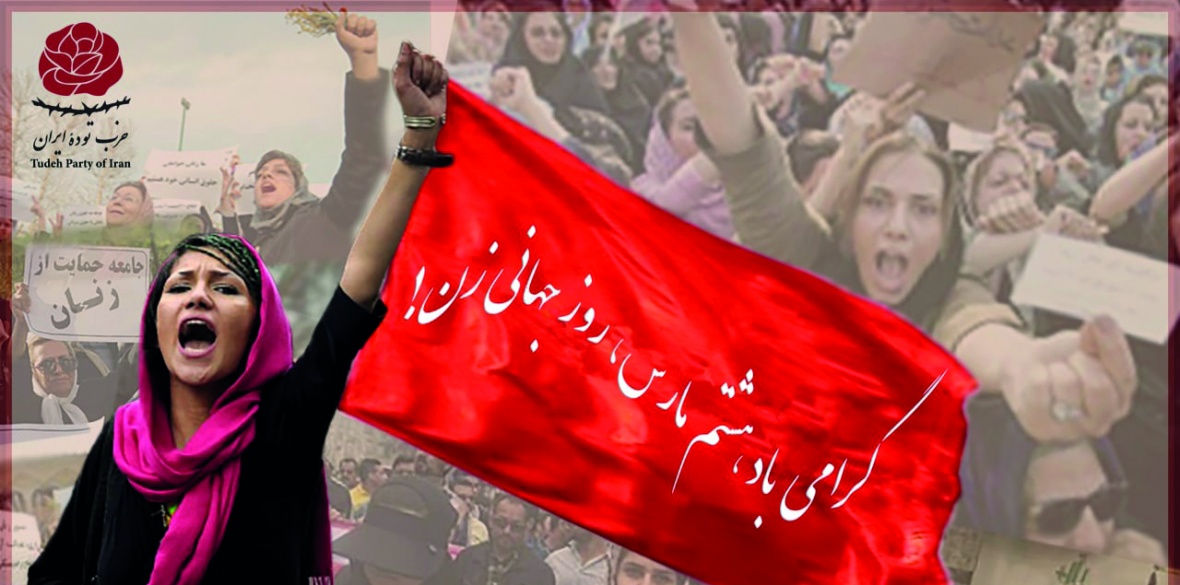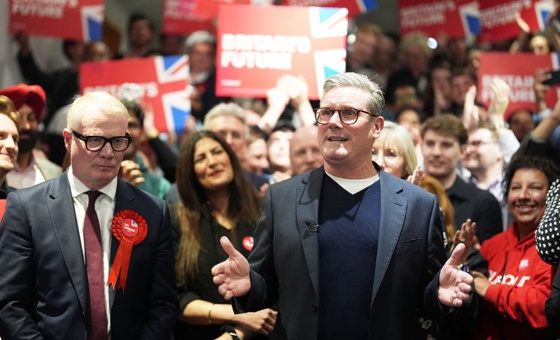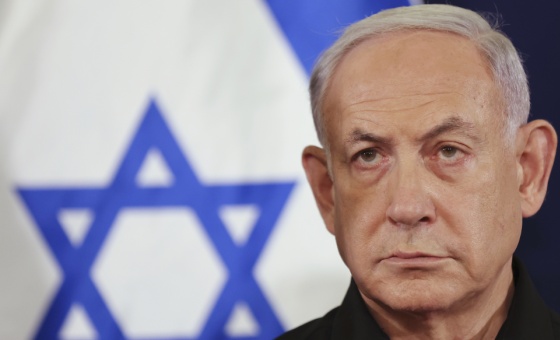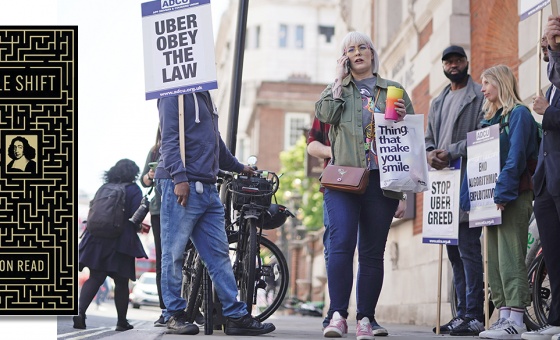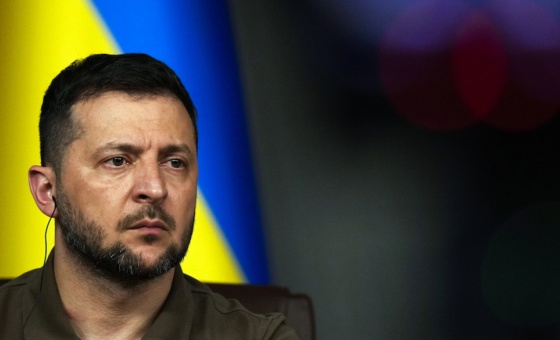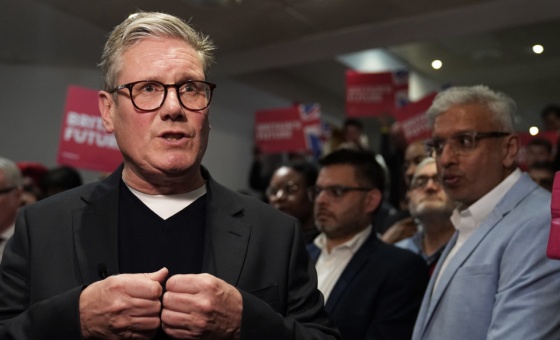This is the last article you can read this month
You can read more article this month
You can read more articles this month
Sorry your limit is up for this month
Reset on:
Please help support the Morning Star by subscribing here
IN AUGUST 2021, Ebrahim Raisi became the eighth president of the Islamic Republic of Iran, and he has continued the main thrust of the regime’s policies of the last few years, including negotiating with the US in order to lift Washington’s sanctions.
The economic system of the Islamic Republic is capitalism with an “Islamic ideology.”
It is dependent mainly on the export of oil and import of goods, creating fertile ground for rentiers, embezzlers and profiteers connected to the regime to thrive.
The political system is a deeply reactionary Islamist dictatorship, with the Supreme Leader at its helm, supported by the propaganda, intelligence and security machine of the state and all their offshoots, trampling on the rights and life of the citizens at will.
Over the years the neoliberal agenda of restructuring caused heavy damage to the domestic production and industry, leading to massive increase in imports.
This situation benefits the Mafia-like networks connected to the regime and their families. The privatisations and rentier economy of the Islamic regime has meant that economic and political power now resides with parasitic financial-commercial and bureaucratic-military strata that are connected to the regime.
The capitalist and exploitative characteristic of the regime is compounded with its misogynistic character and policies towards women.
Women have been assigned second-class citizens, subservient to men in employment, inheritance, right to custody of their children, polygamy, temporary marriages, enforced hijab, segregation of sexes in education and healthcare, among others, and among the most destructive of all, the legalisation of child marriage.
Violence against women is another catastrophic consequence of the regime’s policies.
The workers and the ordinary people of Iran have seen little share of the $800 billion oil income, which is supposed to have entered the country’s coffers.
In fact, for the past decade, the people’s income has dropped, and their purchasing power has shrunk by around 30 per cent. Unemployment is rife, university graduates cannot find employment, and workers are moved increasingly to temporary contracts. Many workers are owed around three months or more unpaid wages.
As the severe US sanctions intensified the economic problems facing people, the level of poverty and misery that the people are experiencing is extreme. The regime’s only concern is its own survival, and it deploys lethal force to ensure it.
The condition of women workers, nurses, journalists, lawyers, students, heads of household, and those in other walks of life are worsened further because their status as second-class citizens, has been effectively enshrined in law by the Islamic Republic.
Patriarchal and discriminatory laws explicitly permit discrimination and violence against women. These positions are often perpetuated by women appointed to the position of deputy minister for women’s affairs, for example Tajvidi’s recent refusal to denounce child marriage, explaining that she herself was married at 16.
According to the latest report of the Statistics Centre of Iran published by ISNA news organisation, in the spring of 2021 alone, 9,753 child marriages were registered — an increase of about 32 per cent on 1999.
The catastrophe of child marriage and violence against women are part and parcel of the current conditions. The murder of teenage girls who have been child brides, by the men they were married off to or men of their family, are covered in the media daily, and display ever increasing brutality and brazenness.
The Law on the Protection of the Family and the Youthfulness of the Population, was recently passed by the parliament, following the Supreme Leader’s pronouncements, despite its impact on increasing the population and in the context of the dire economic situation.
Experts believe that the law which gives marriage incentives, including loans to families, will increase the catastrophic problem of child marriage and other forced marriages.
Women have organised and protested, and on many occasions have led the protests for democratic rights and freedoms, and for human rights, some examples are the effective Million Signatures Campaign demanding women’s rights, the chain of impromptu protests by women against the hijab following Vida Movahed’s protest removing her scarf and holding it aloft on a stick in the main Tehran thoroughfare, protests of prisoners’ mothers asking for information on the fate of their loved ones following the mass executions of 1988, and on those imprisoned or killed following numerous subsequent onslaughts, for example after the protests of 2009-10, 2017-18, 2019-20.
Women have been integral to each of these protests. Many women activists have been killed or are in prisons across Iran, among them human rights lawyer and women’s rights activist, Nasrin Sotoodeh and Narges Mohammadi.
As the popular and working-class movement has recalibrated and refocused its actions, women’s actions have changed form.
They are part of the protests of teachers, pensioners, environmental activists where women’s activism is visible.
The co-ordinated struggle of the country’s teachers and retirees in recent months is a shining example of the nationwide protest movement in our country against injustice and oppression of the Islamic Republic.
It is the duty of all the progressive and freedom-loving forces of the country to support this struggle. In late January 2022, teachers and workers in the education sector staged a two-day sit-in across the country, in response to the call of the Co-ordinating Council of Iranian Teachers’ Trade Associations and refused to attend classes or online teaching sessions.
Education workers have been protesting against the state’s proposed pay structure and other demands that have not been met for years.
The campaign, which has had great success, has clearly defined objectives, including the release of imprisoned teachers and their return to work.
Mass protests by Isfahan’s farmers, in late 2021, against shortage of water were swelled by thousands of the city’s residents, before spreading to Shahr-e-Kord, the capital of the neighbouring Chaharmahal and Bakhtiari province, as well as other suburban towns in the province.
Only months earlier, people across the south-western province of Khuzestan protested against the lack of water in a land of naturally flowing rivers.
At least 214 people, including 13 children, were arrested, and 19 were hospitalised after the protesters were beaten and shot at. Many prisoners were transferred to other locations such as Isfahan prison, Khomeini Shahr prison and Isfahan women’s penitentiary.
The workers’ strikes, including in car-maker Iran Khodro, mines and manufacturing industries, along with popular protests across the country, reflect the deepening crisis of a deeply unpopular and reactionary regime that is a major barrier to progress and the establishing of freedom, democracy and social justice in Iran.
International Women’s Day this year will be commemorated by women in Iran, in small gatherings, recounting the struggle of their courageous predecessors in Iran and worldwide, for equality, peace, social justice and a life free from exploitation.

